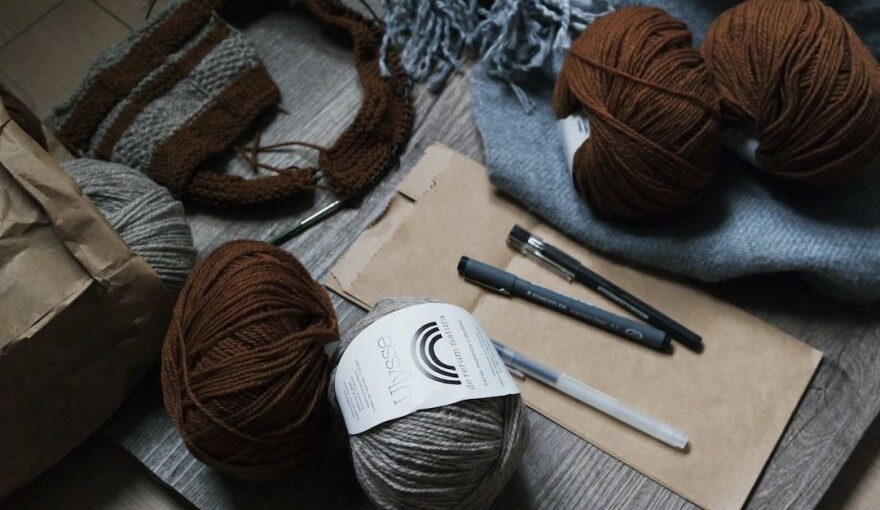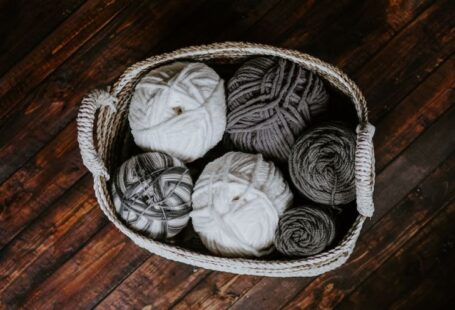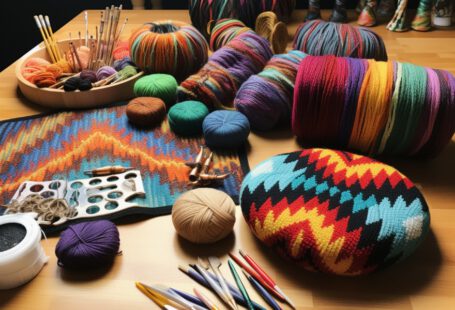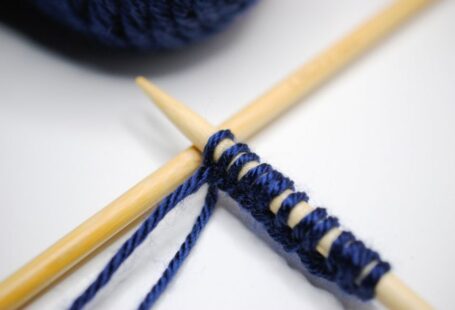Wool has long been cherished for its warmth, softness, and durability. However, as knitters and crocheters, we often find ourselves contemplating whether to use 100% wool or opt for a blend. Wool-blend yarns offer the best of both worlds, combining the natural benefits of wool with the added advantages of other fibers. In this article, we will explore the reasons why wool-blend yarns are a popular choice for many crafters, and how to choose the right blend for your projects.
The Benefits of Wool-Blend Yarns
1. Enhanced Durability: While wool is known for its strength, blending it with other fibers can increase its durability even further. By adding synthetic fibers such as nylon or acrylic, the resulting blend becomes more resistant to wear and tear. This makes wool-blend yarns an excellent choice for projects that will be subjected to frequent use, such as socks, hats, and sweaters.
2. Improved Shape Retention: One common concern with pure wool yarns is their tendency to stretch and lose shape over time. Blending wool with fibers that have better shape retention, such as silk or bamboo, helps to mitigate this issue. The resulting yarn not only maintains its shape better but also ensures that your finished projects look as good as new, even after multiple washes.
3. Increased Softness and Drape: While wool is renowned for its natural softness, blending it with fibers like alpaca or cashmere can take the softness factor to a whole new level. These luxurious blends feel incredibly soft against the skin and provide exceptional drape, making them perfect for scarves, shawls, and other garments that require a delicate touch.
Choosing the Right Wool Blend
1. Consider the Purpose: Before selecting a wool blend, think about the purpose of your project. If you’re making a warm winter accessory, a blend with a higher percentage of wool will be ideal. On the other hand, if you’re aiming for a lightweight and breathable fabric, consider blends with silk or cotton. Understanding the purpose of your project will help you narrow down the options and choose the most suitable blend.
2. Assess the Climate: The climate in which the finished project will be used should also be taken into consideration. For colder climates, wool blends with a higher percentage of wool or alpaca are recommended for their excellent insulation properties. In milder climates, blends with a lower percentage of wool or even cotton blends can provide the right level of comfort without overheating.
3. Gauge and Pattern Compatibility: When selecting a wool blend for your project, pay attention to the recommended gauge provided in the pattern. Different blends may have different elasticity and stitch definition, which can affect the final outcome of your project. Matching the gauge of the pattern with the yarn you choose will ensure that your finished project turns out just as expected.
4. Care Instructions: Lastly, consider the care instructions for the wool blend yarn you are considering. Some blends may require special care, such as handwashing or gentle machine washing, while others may be more forgiving and can withstand regular machine washing. Understanding the care requirements will help you choose a blend that aligns with your lifestyle and maintenance preferences.
In conclusion, wool-blend yarns offer a world of possibilities for crafters. By combining the natural benefits of wool with the advantages of other fibers, these blends provide enhanced durability, improved shape retention, and increased softness. When choosing a wool blend, it is important to consider the purpose of your project, the climate it will be used in, the compatibility with your chosen pattern, and the care instructions. By taking these factors into account, you can ensure that you select the perfect wool blend yarn for your next knitting or crochet project. Happy crafting!





